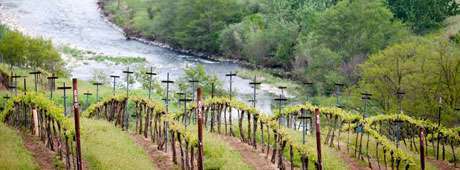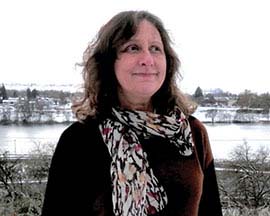No products in the cart.
Juliaetta–Spotlight

Where There Is There Again
By Sheila Petticord
Van Morrison wailed from the speakers and my car was my sanctuary on a summer Sunday afternoon as I headed east on Highway 12, following the Clearwater River past ancient knolls and fishing holes. A sign for Juliaetta (joo-lee-ett-ah) and St. Maries marked the turn north onto Highway 3, which winds alongside the Potlatch River. An enchanting wind-sculpted hill along the way looked inviting. The explorer in me wanted to stop the car and climb to the top, but I was on my way to visit friends who had moved to Troy.
“Would you meet me in the country?” Van sang. “Can you meet me in the long grass, in the country in the summertime?”
I continued around the bend toward Juliaetta and beyond, my car the only one on the road. A few miles past Arrow Junction was a lovely pastoral scene—horses scattered on the hills, quiet in the stillness of the heat. I pulled over, and in the moment it took to reach for my camera, I heard the thunder of pounding hooves. I turned, startled, to see nearly a dozen horses stampeding down the hill, straight toward me. I was dazzled, then unnerved. I tossed my camera aside and quickly got back on the road.
I crossed the line from Nez Perce to Latah County, which includes the famous agricultural region of north-central Idaho known as the Palouse. The Nez Perce and other tribes inhabited the area for centuries until homesteaders started arriving in the 1870s, settling the towns nearby. Juliaetta was called “Paradise of the American Farmer” in early publications, and the river corridor known by some folks as the “banana belt” —a region that encompasses the nearby Lewis-Clark Valley—began recording a rich agricultural history.
This content is available for purchase. Please select from available options.
Purchase Only
Purchase Only

